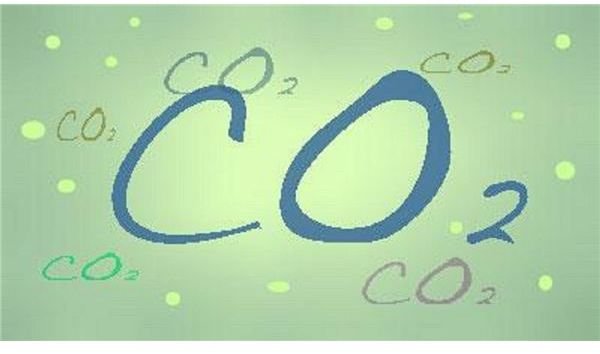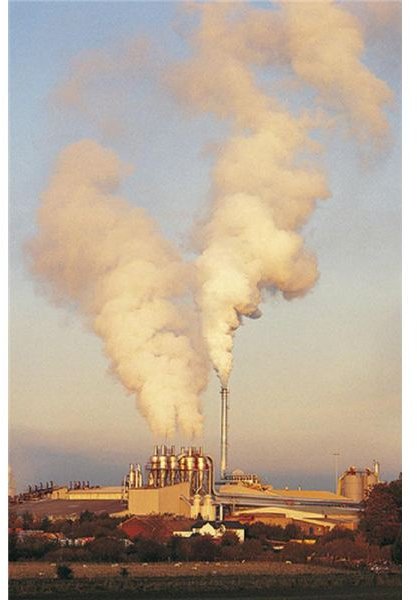EU Emissions Trading Scheme. Effects on the Cement Industry
EU ETS Explained
The EU ETS is a “cap and trade” system, which means that the overall emissions levels are capped, but participants can buy and sell allowances. One allowance gives the holder the ability to emit one ton of CO2 or the equivalent amount of another greenhouse gas. The total number of allowances is capped. The EU ETS mandates that emitters of carbon dioxide must monitor their emission’s levels and report them annually. The individual plants that are affected are then required to return an amount of emissions allowances to the government that equals their emissions levels.
Emissions allowances are given out for a period of years called a trading period. The first trading period was from 2005-2007. The second trading period is 2008-2012, and the third period will be 2013-2020. The second trading period coincides with the first period of the Kyoto Protocol, of which the EU is a participant. At the end of each phase, allowances from previous phases become invalid. During the first two trading periods, the installations that are affected received their allowances for free from each individual member state. An installation is allowed to purchase EU allowances if they require more in a given year than they initially received.
The system is meant to encourage facilities to reduce their own emissions and invest in efficiency improvements or to use less carbon-intensive energy sources. Emission levels for the second trading period are capped at approximately 6.5% below the 2005 levels. If delivered, the EU’s Kyoto commitments will also be met.
The EU ETS is generally considered a success. However, benefits from the first trading period were limited because of the excessive allocation of allowances. The verified emissions database was not yet available when the first allocations were determined. This issue was fixed for allocations made for the second trading period.
The EU has decided that the third trading period, which will start in January 2013, will be longer – eight years. In addition, a declining emissions cap will be put in place – 21% reduction in 2020 compared to 2005. There will also be an increase in the amount of auctioning of allowances. In trading periods one and two, they were all issued for free.
As part of ETS, the Commission compiled a list of industries that would be at risk from carbon leakage. Clinker and cement production is one such industry. Carbon leakage means that cement production could be relocated to bordering countries that have no carbon or less stringent carbon regulations in force. Approximately 40,000 workers across the EU are currently employed in the cement industry. If carbon leakage proves to be a reality, global CO2 emissions would actually increase which is the direct opposite of what the EU laws on emissions standards are trying to achieve. EU ETS is taking steps to avoid the carbon leakage issues. For example, industries deemed to be at risk from carbon leakage will continue to receive their emissions allowances for free until at least 2020.
CO2 Images

